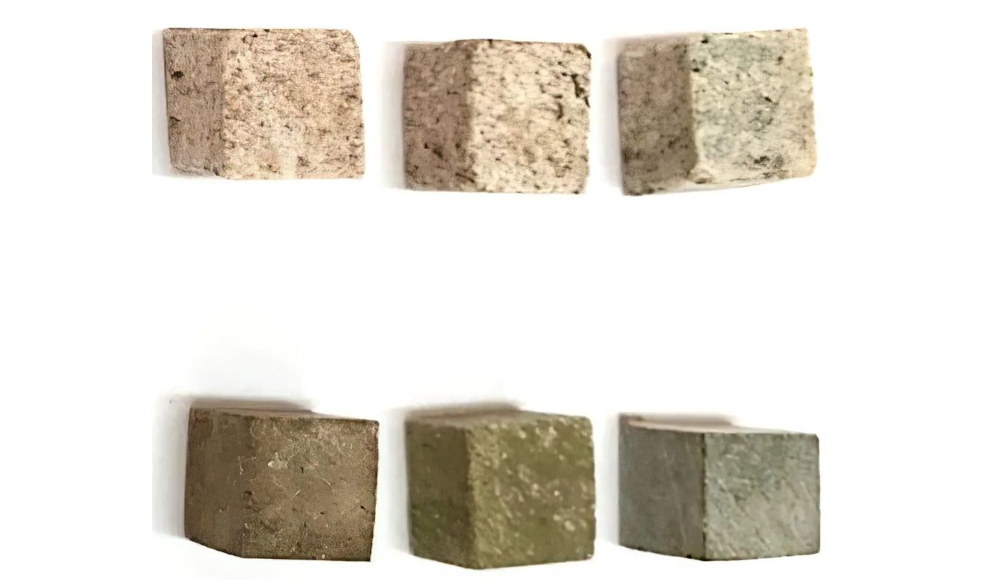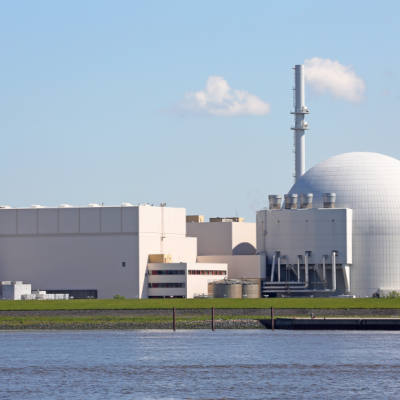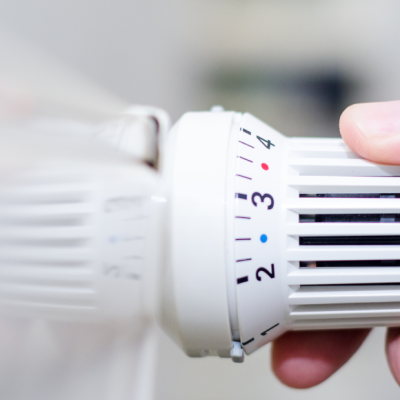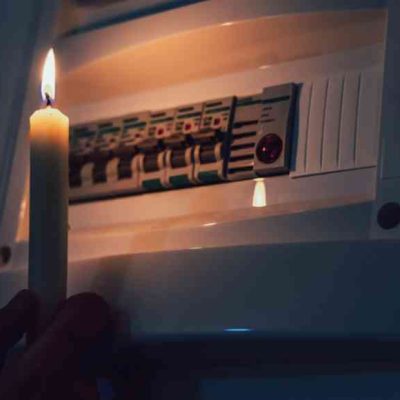A recent study has shown that solar energy can be efficiently stored in thermal energy storage systems (TES) based on rock, providing a more sustainable and cost-effective alternative to batteries and other energy storage methods. Renewable energy sources such as solar, wind, and hydro power can produce CO2-neutral electricity, but their output is volatile, requiring storage systems to hold electricity during times of low production. The Thermal Energy Storage System (MOST) is a new technology that can store energy using isomers, but a large portion of excess energy is currently stored in batteries, which are resource-intensive and expensive to produce. TES, on the other hand, store energy in the form of heat in a medium such as water, oil, or rock, which can be used to generate electricity when needed.
Researchers at the Mandela African Institution of Science and Technology (NM-AIST) have investigated the possibility of building a sustainable TES based on conventional rocks. Rocks such as granite and soapstone are formed under extremely high temperatures and are found worldwide, making them potentially suitable materials for TES. However, their properties can vary greatly depending on where they were formed, making some samples better suited than others. The researchers examined soapstone and granite from Tanzania for their specific properties, finding that soapstone from the Kraton belt was the most efficient material for thermal energy storage. It could effectively absorb, store, and transfer heat while maintaining good chemical stability and mechanical strength.
Although further experiments are needed, the researchers believe that the samples offer a sustainable material for energy storage. This could provide a more environmentally friendly and cost-effective alternative to batteries and other energy storage methods, which require a lot of resources and are expensive to produce. The study highlights the potential of TES based on rock as a promising solution for storing excess energy from renewable sources.










